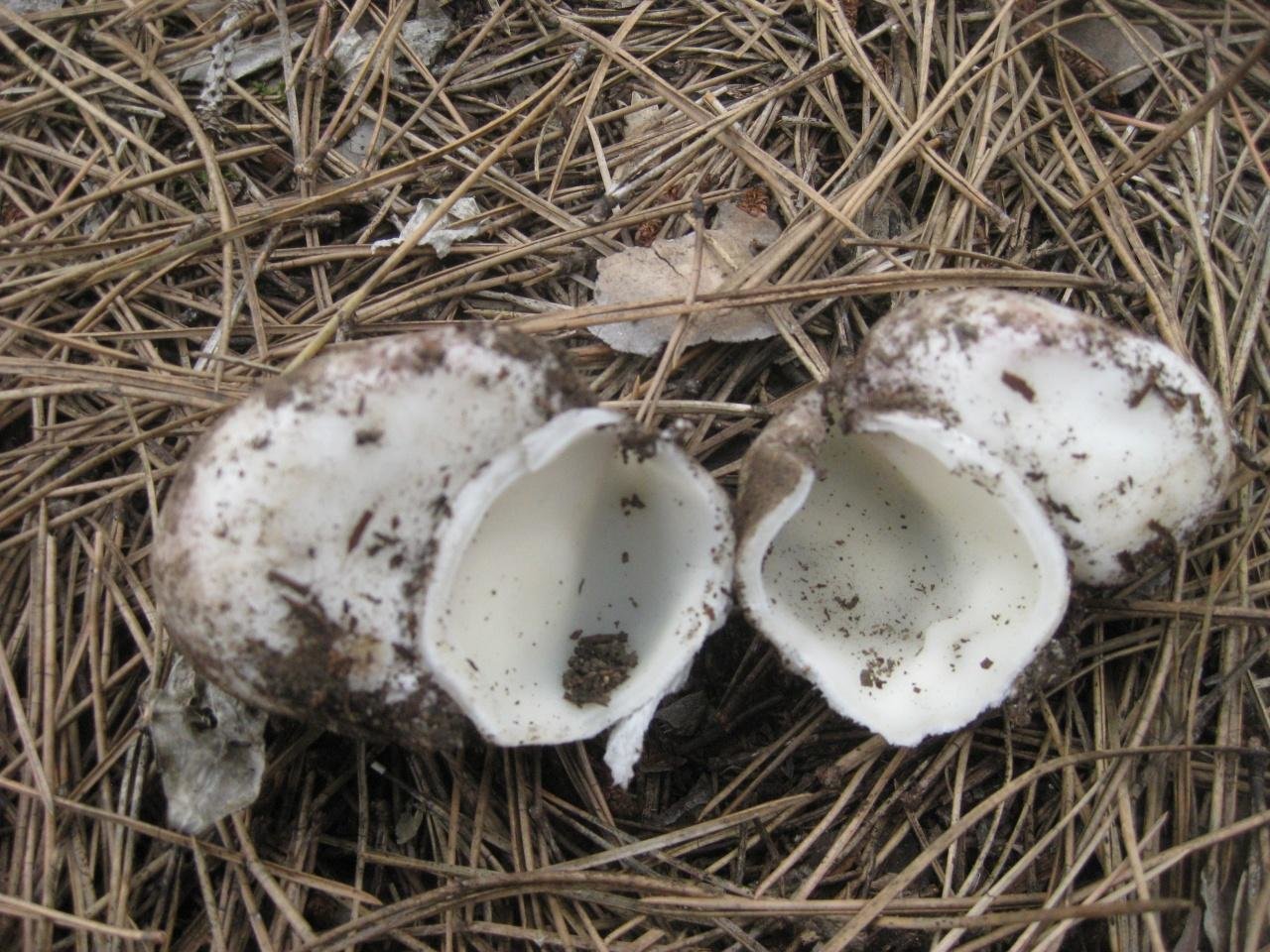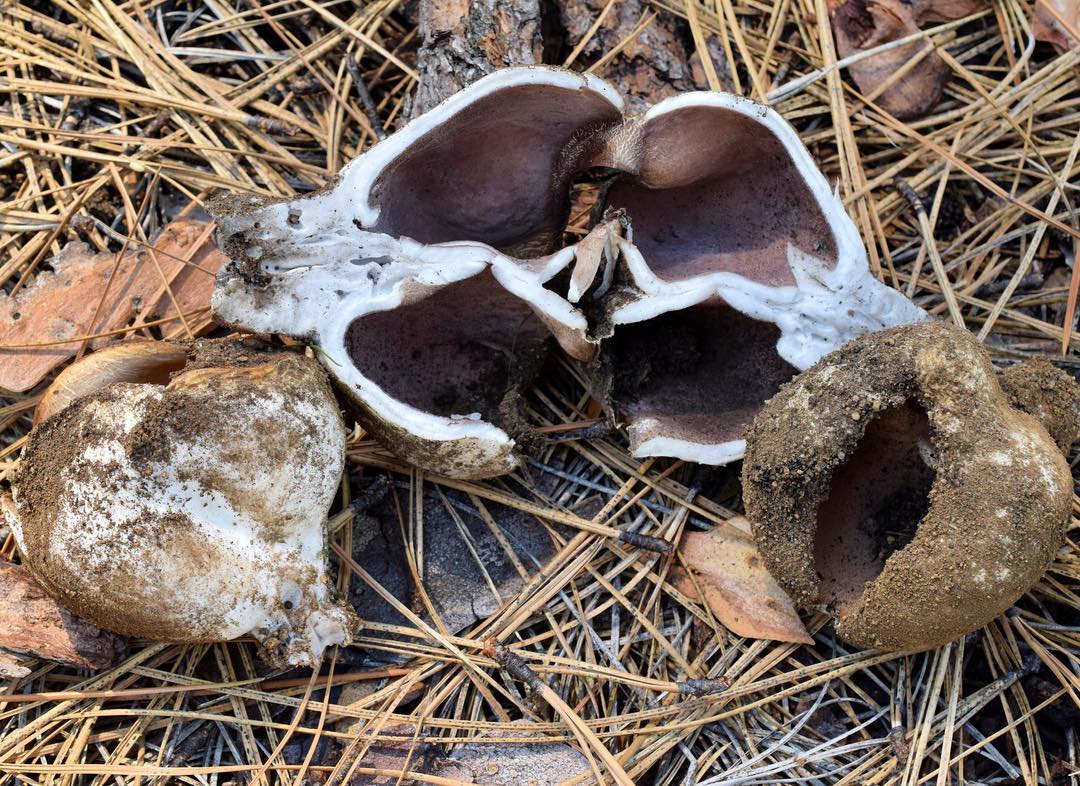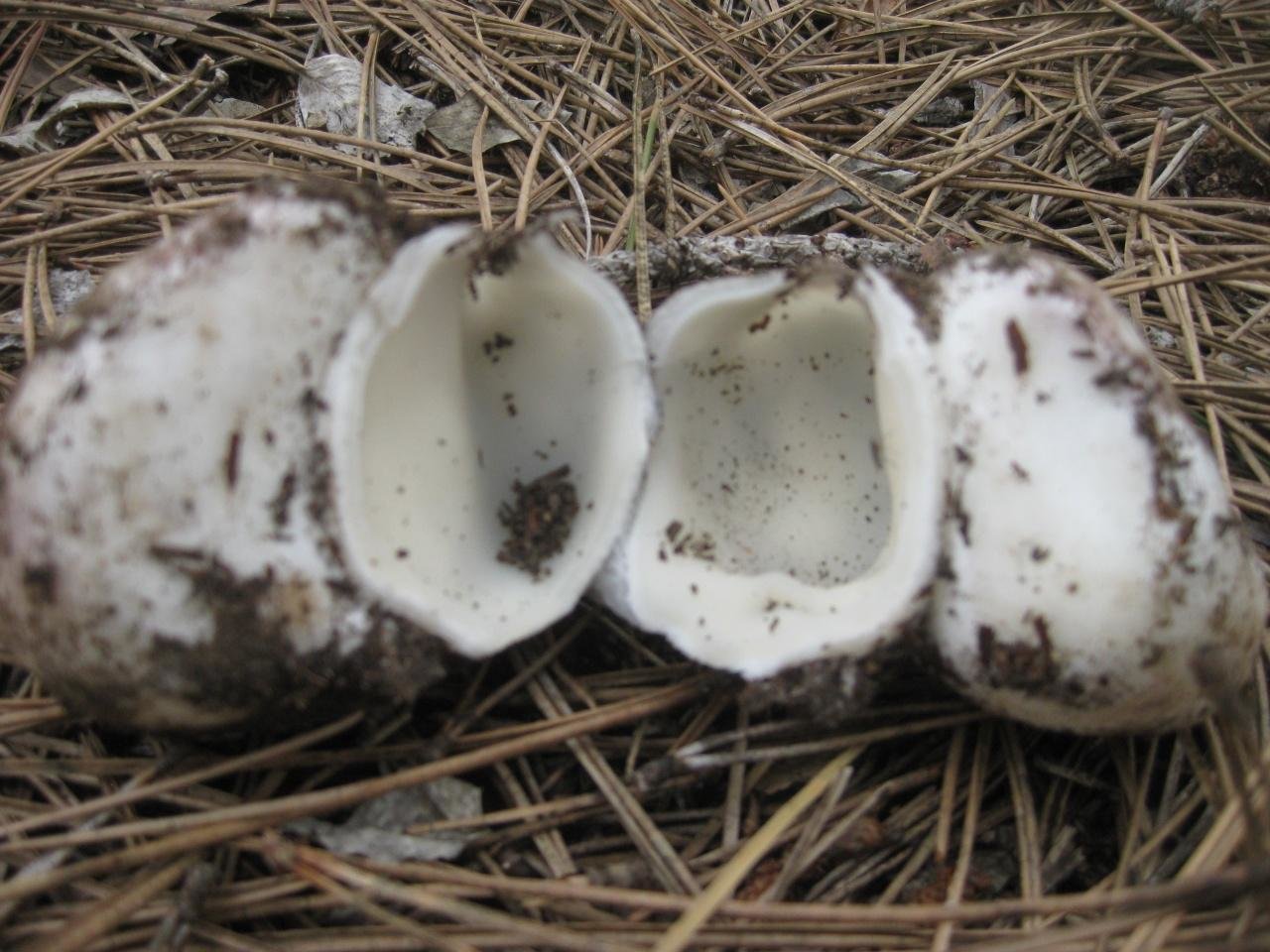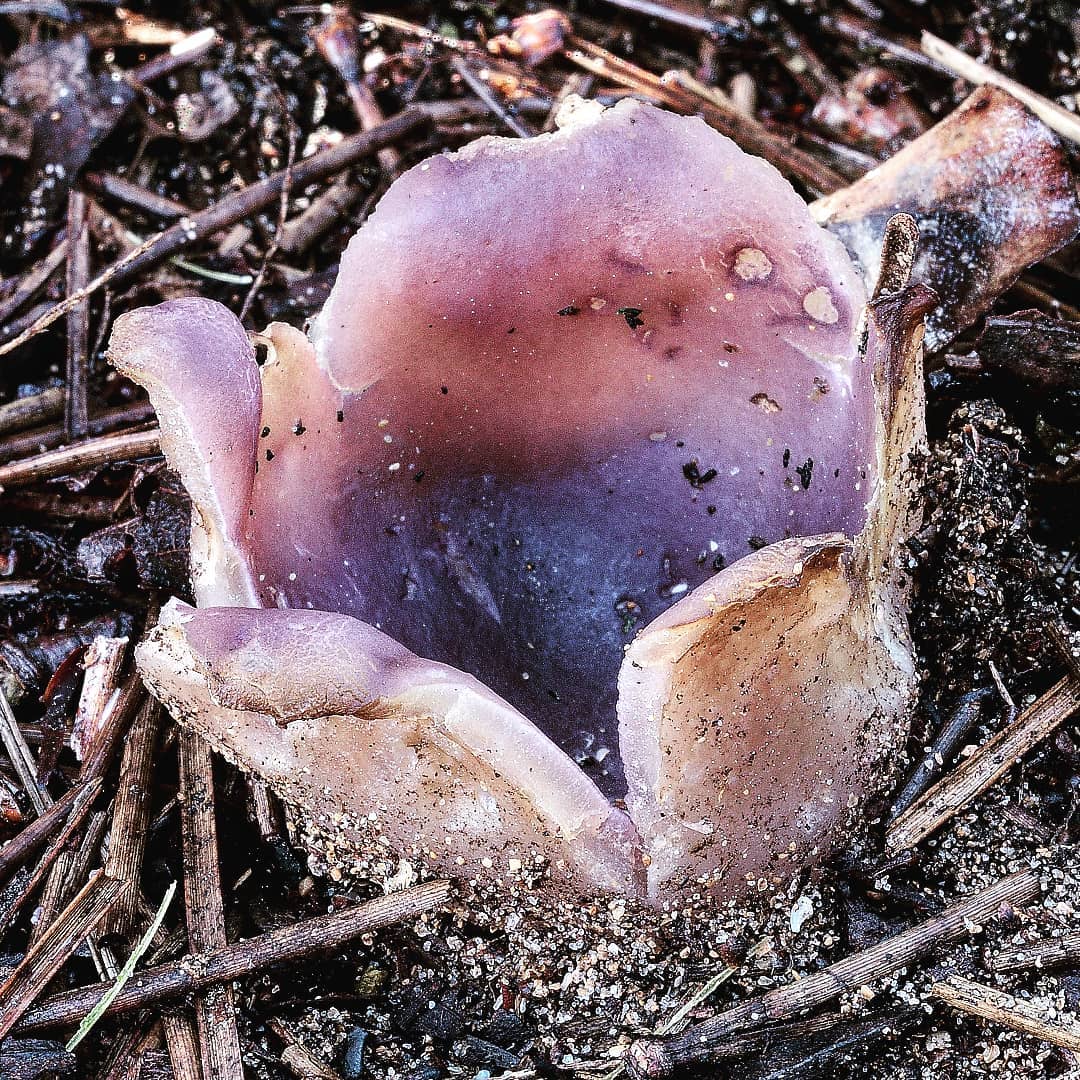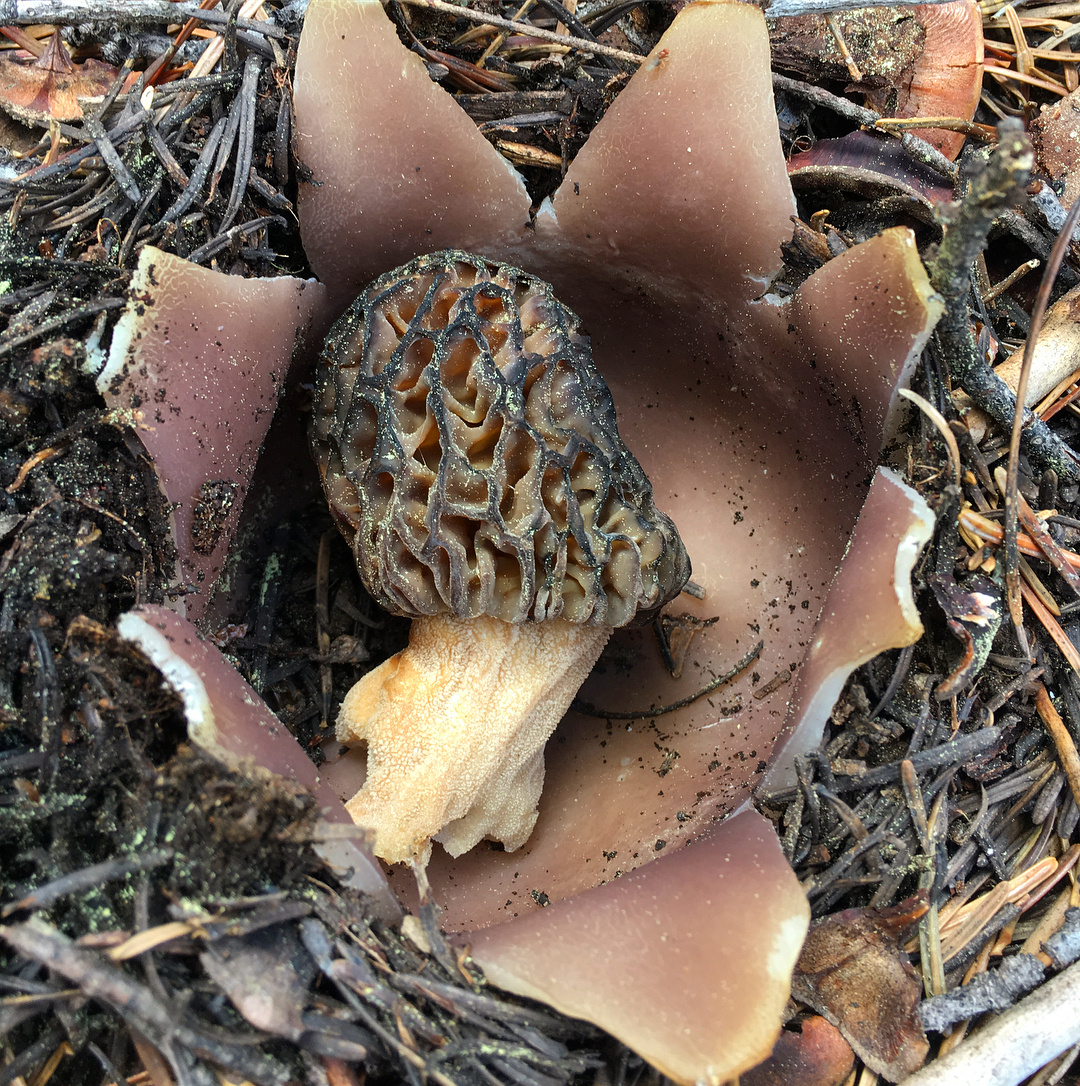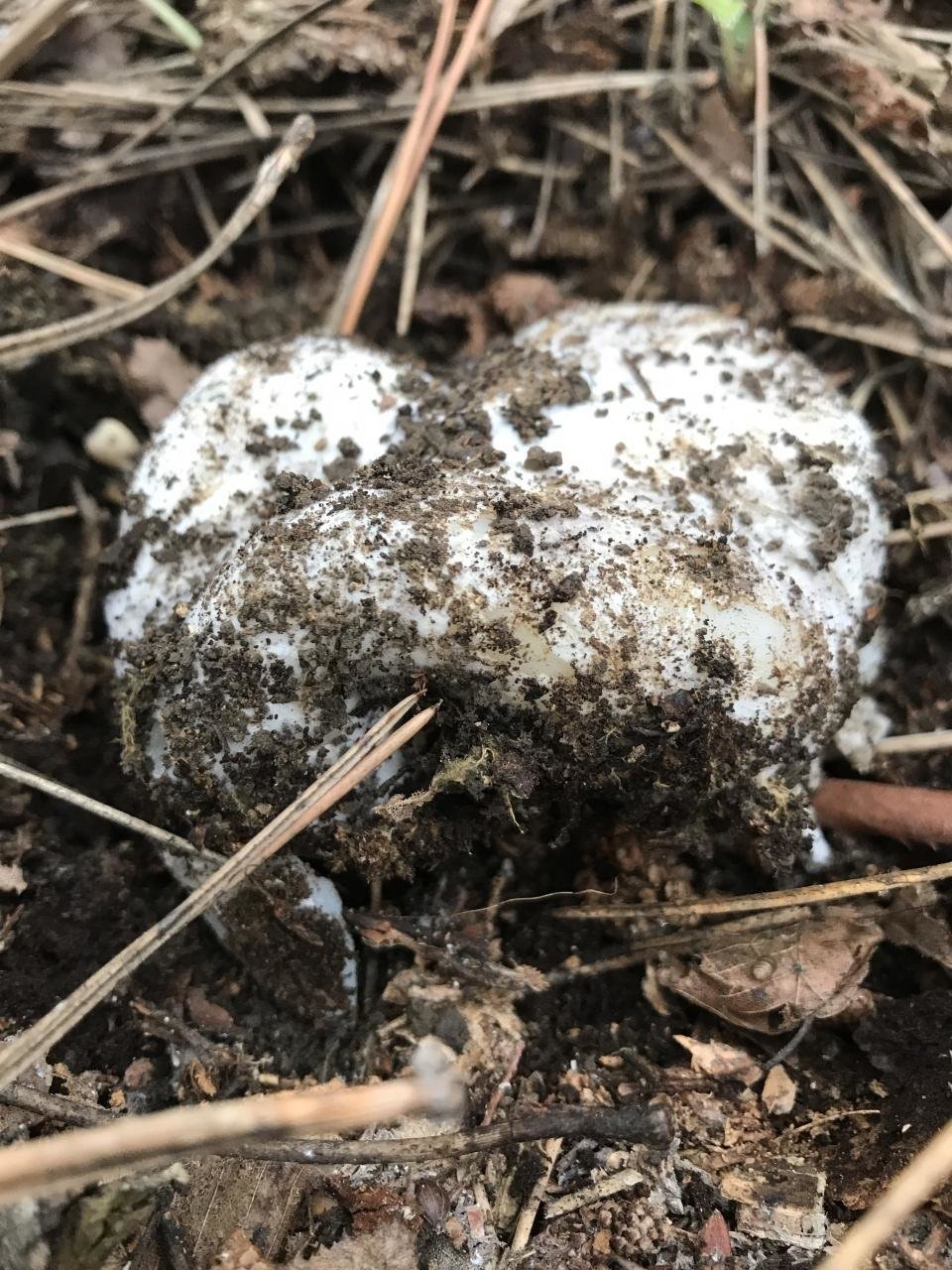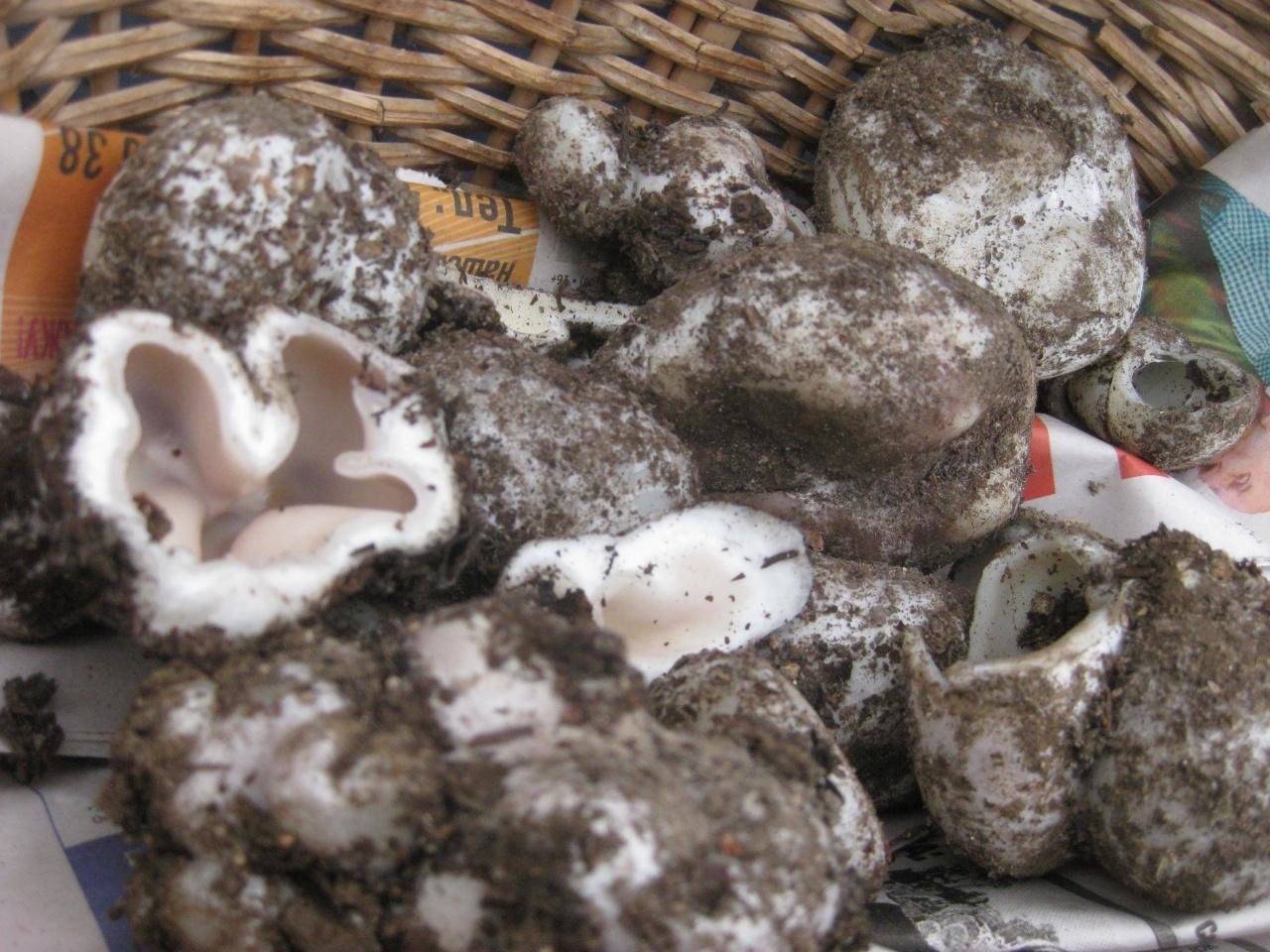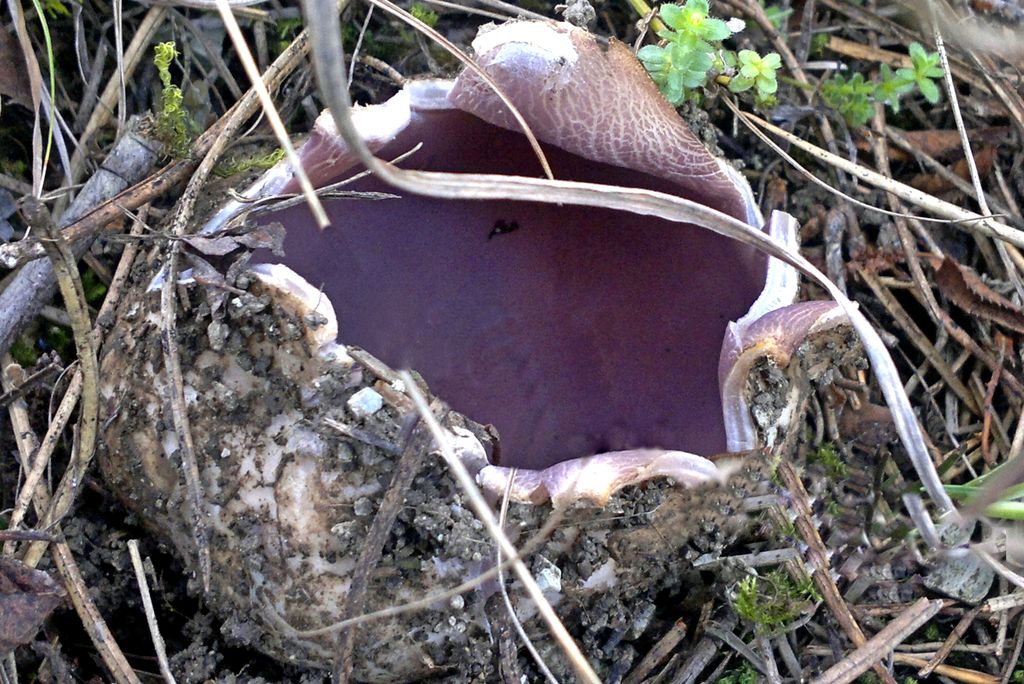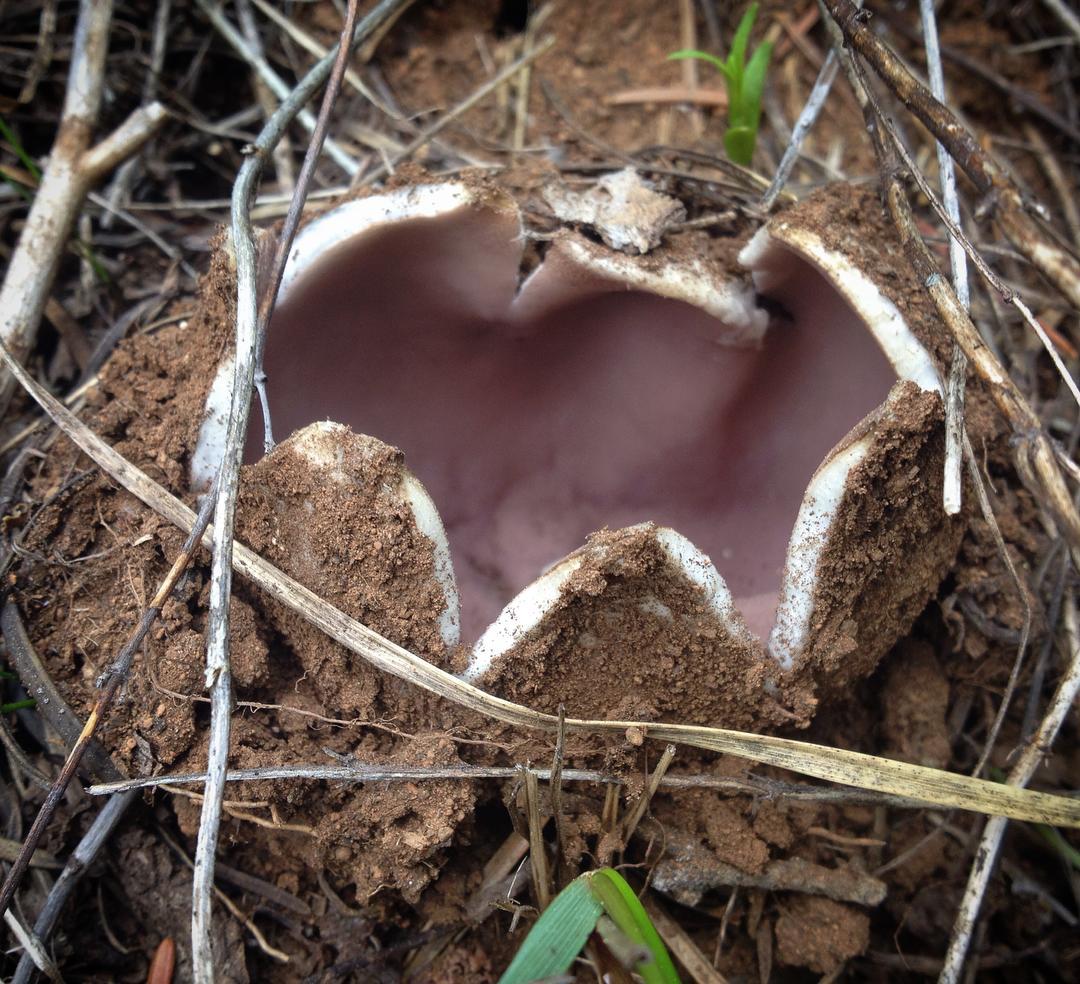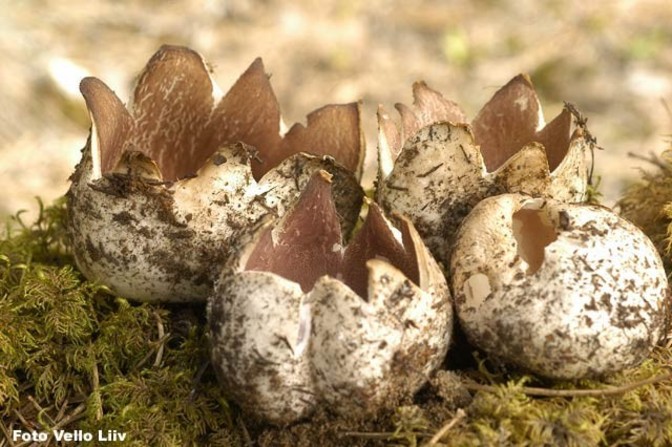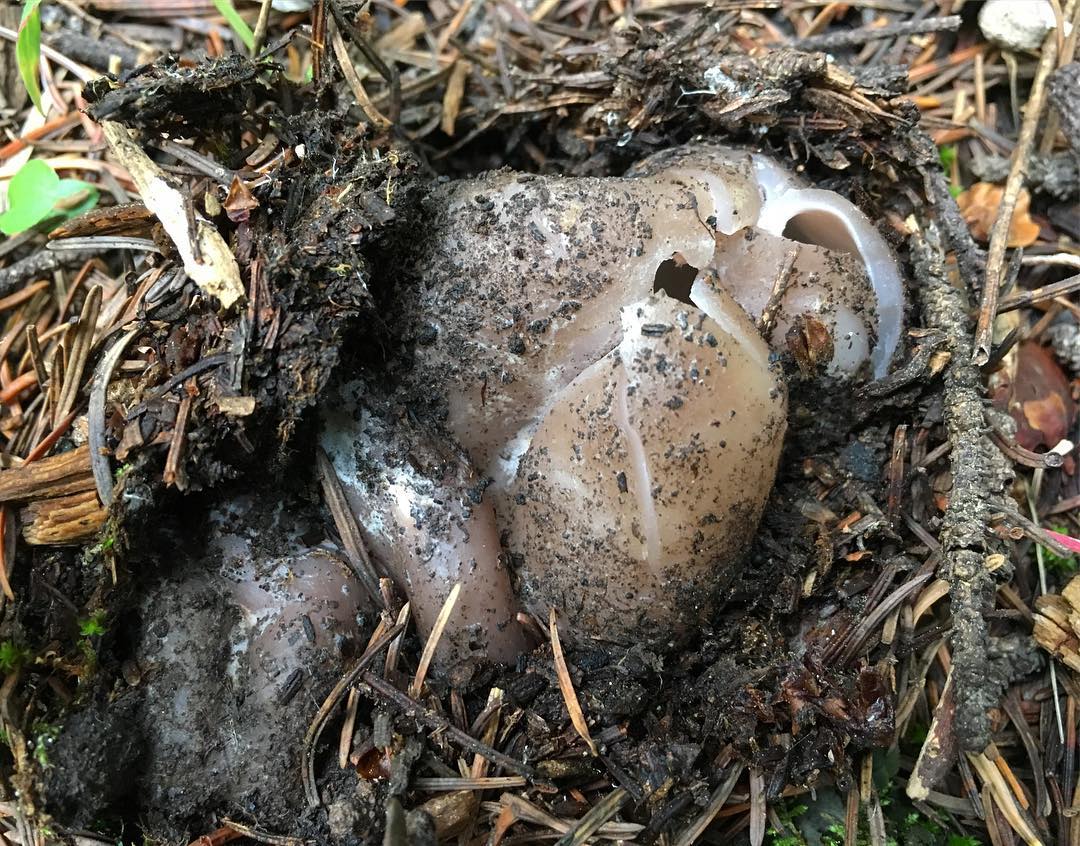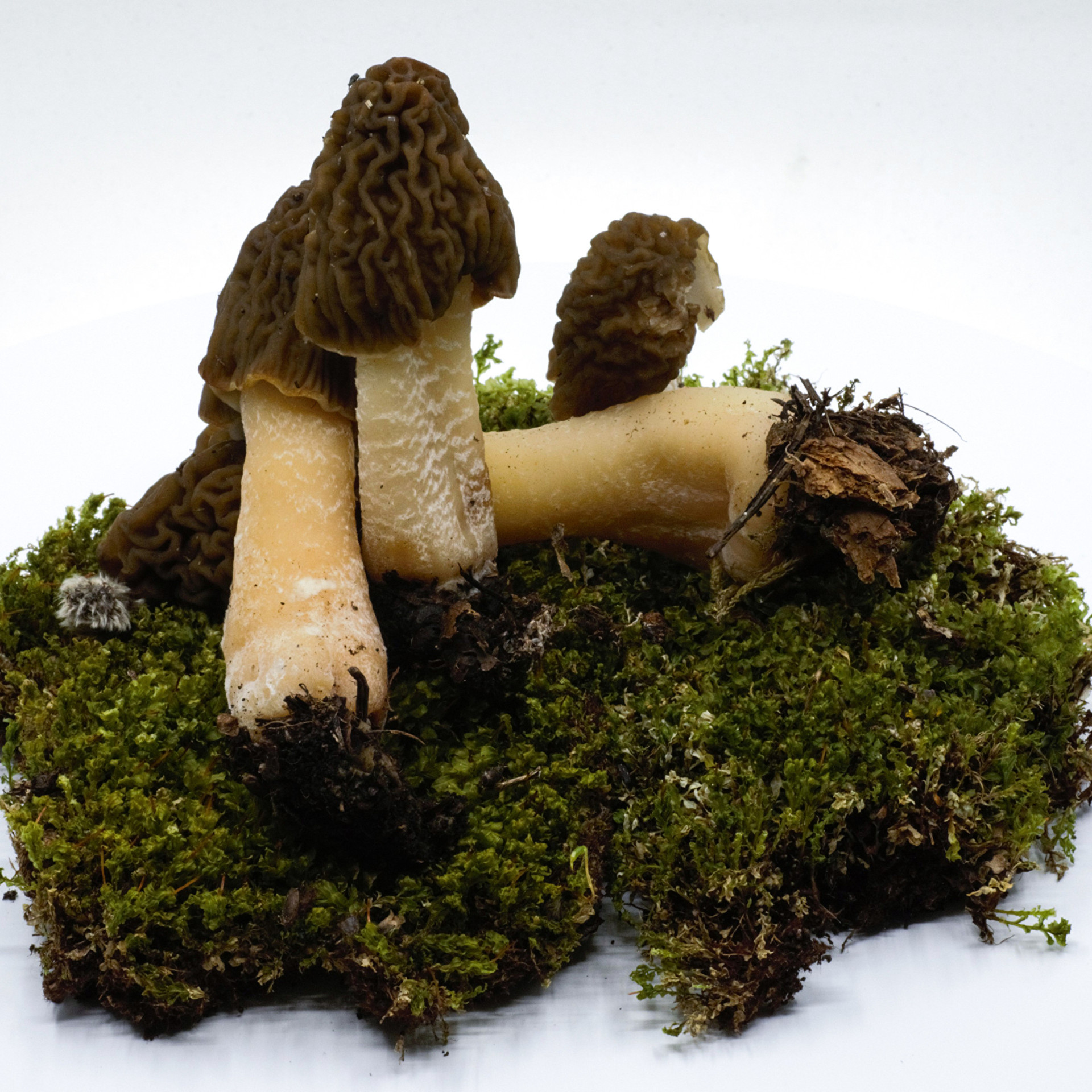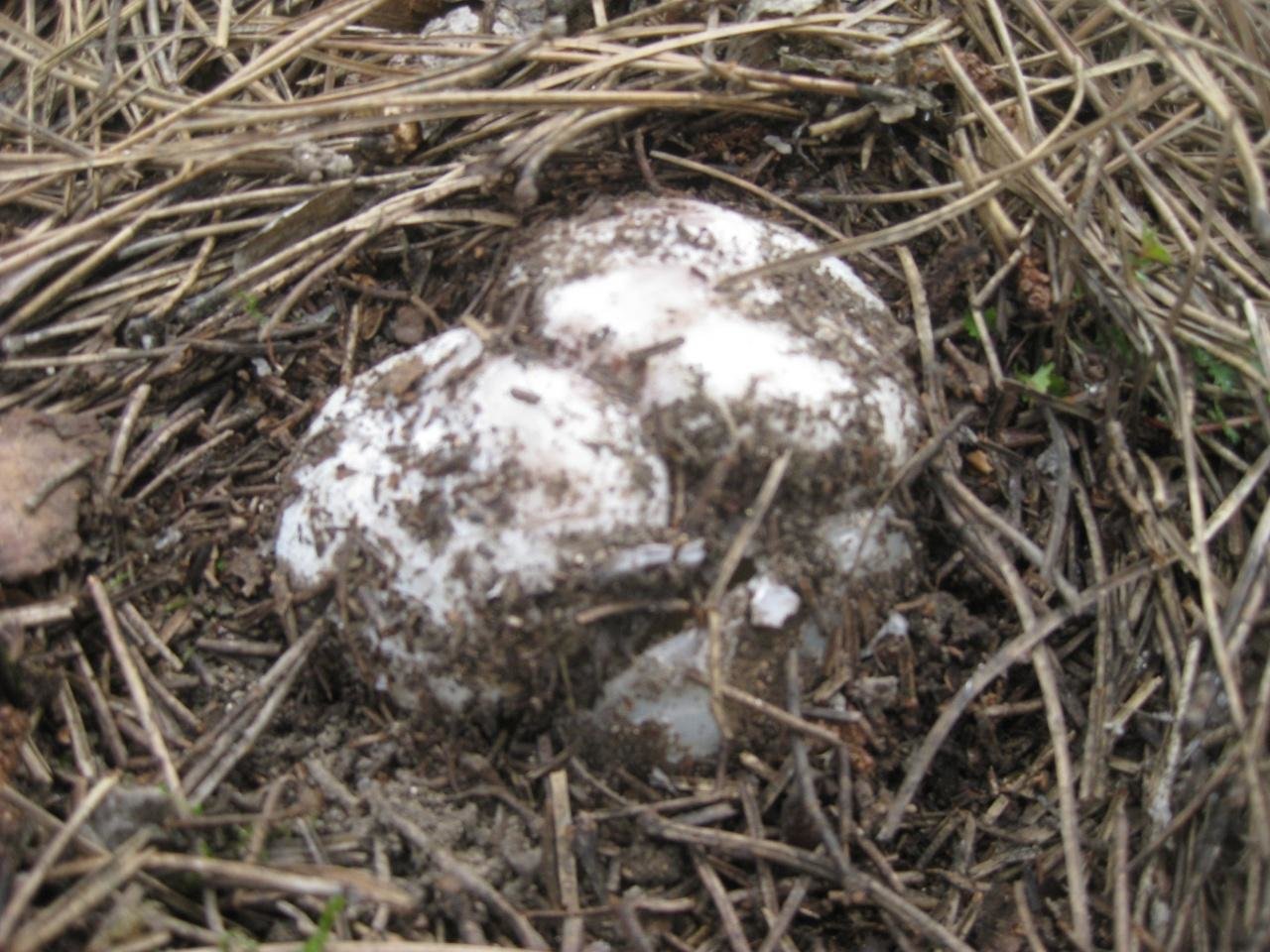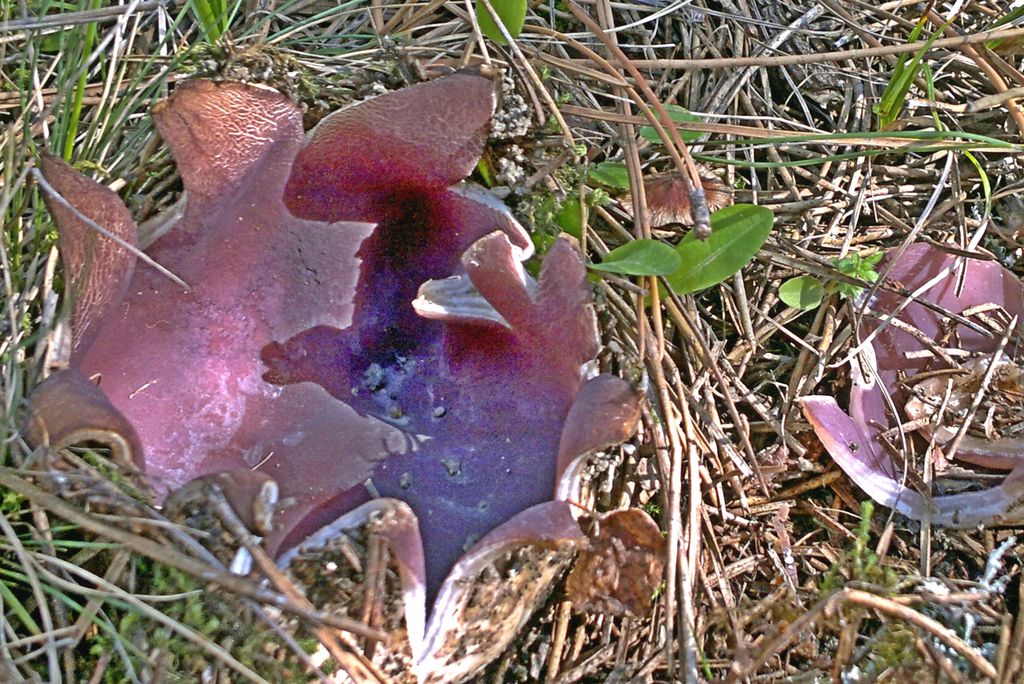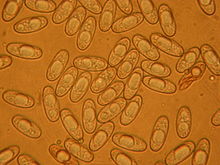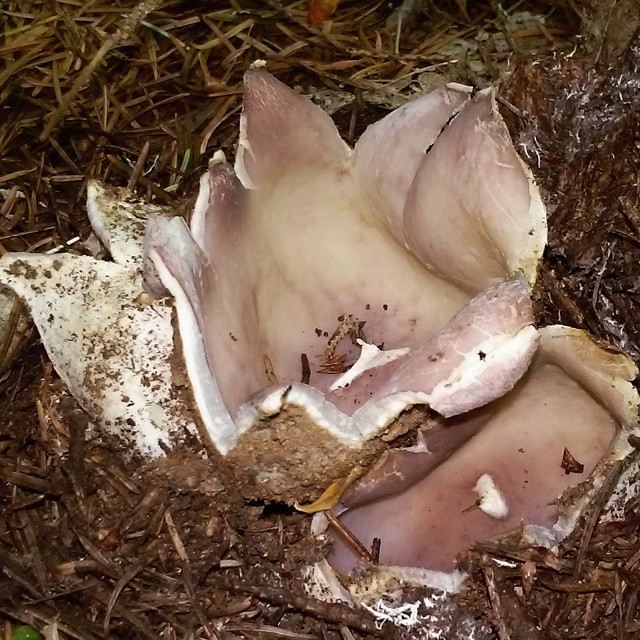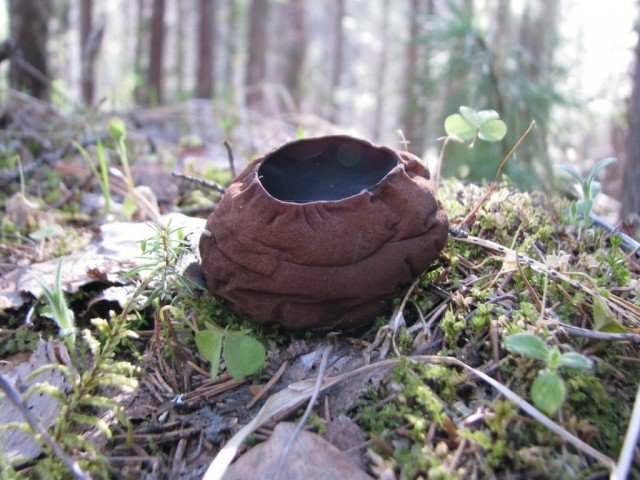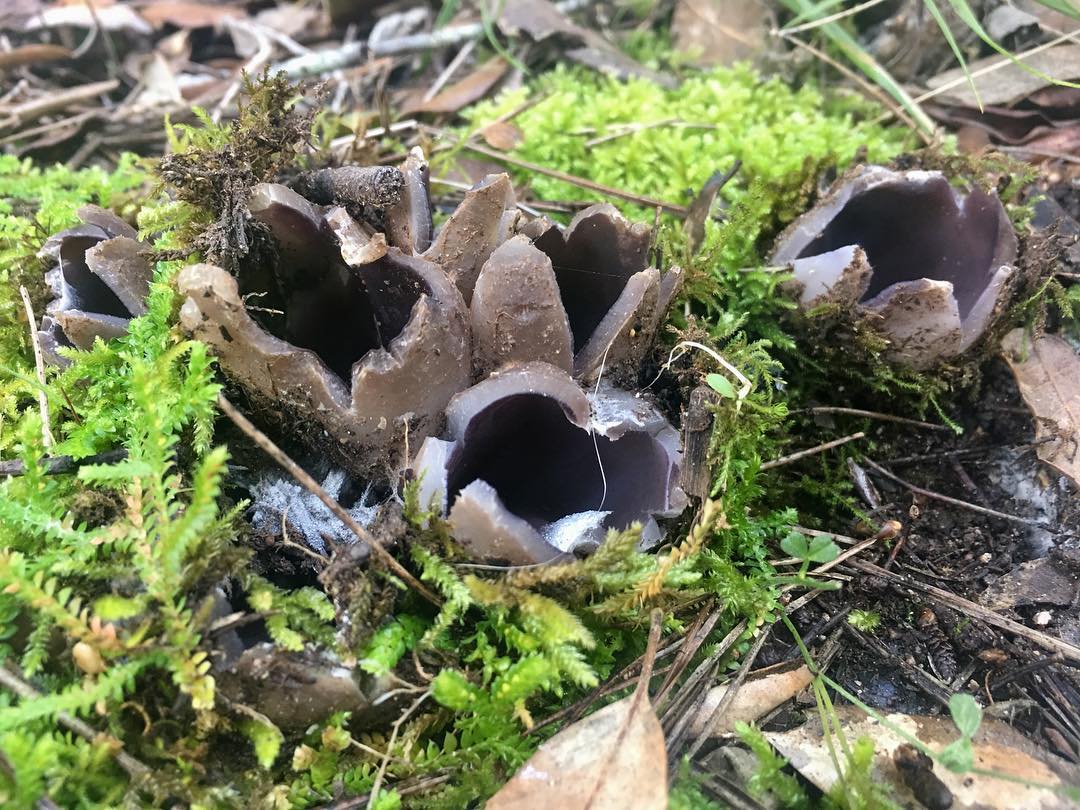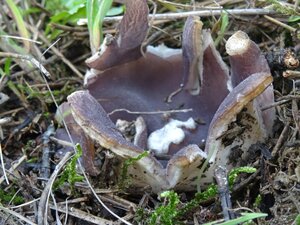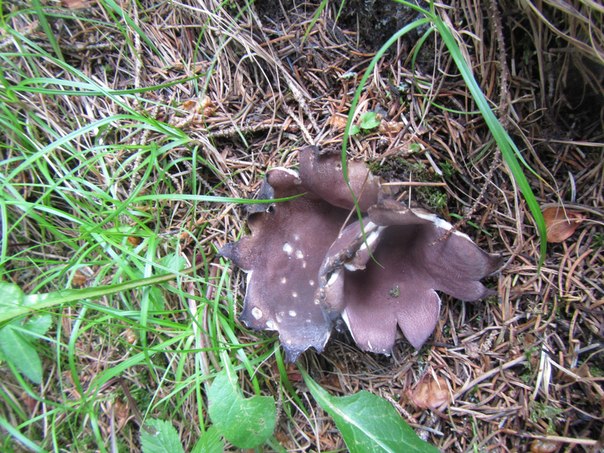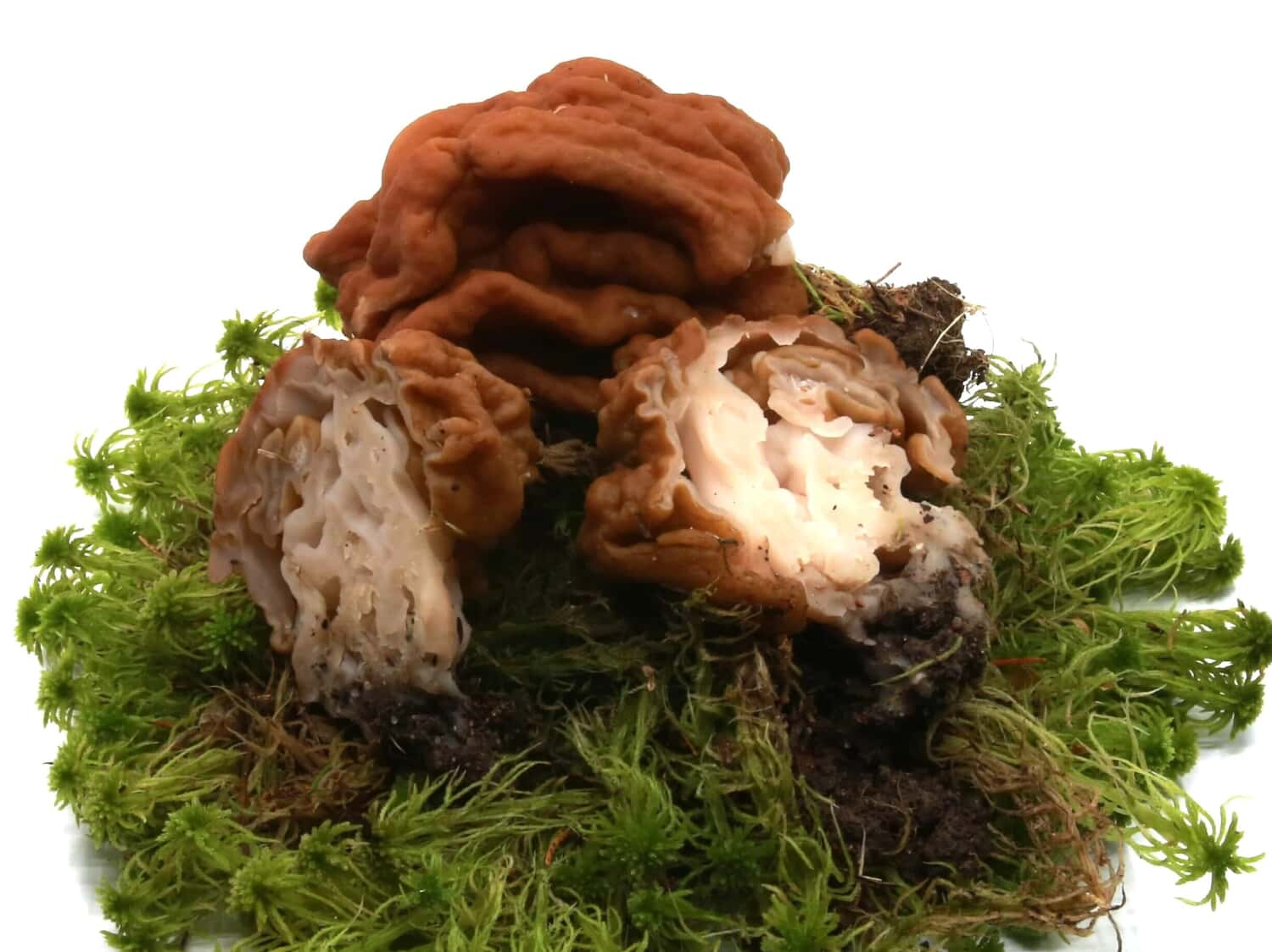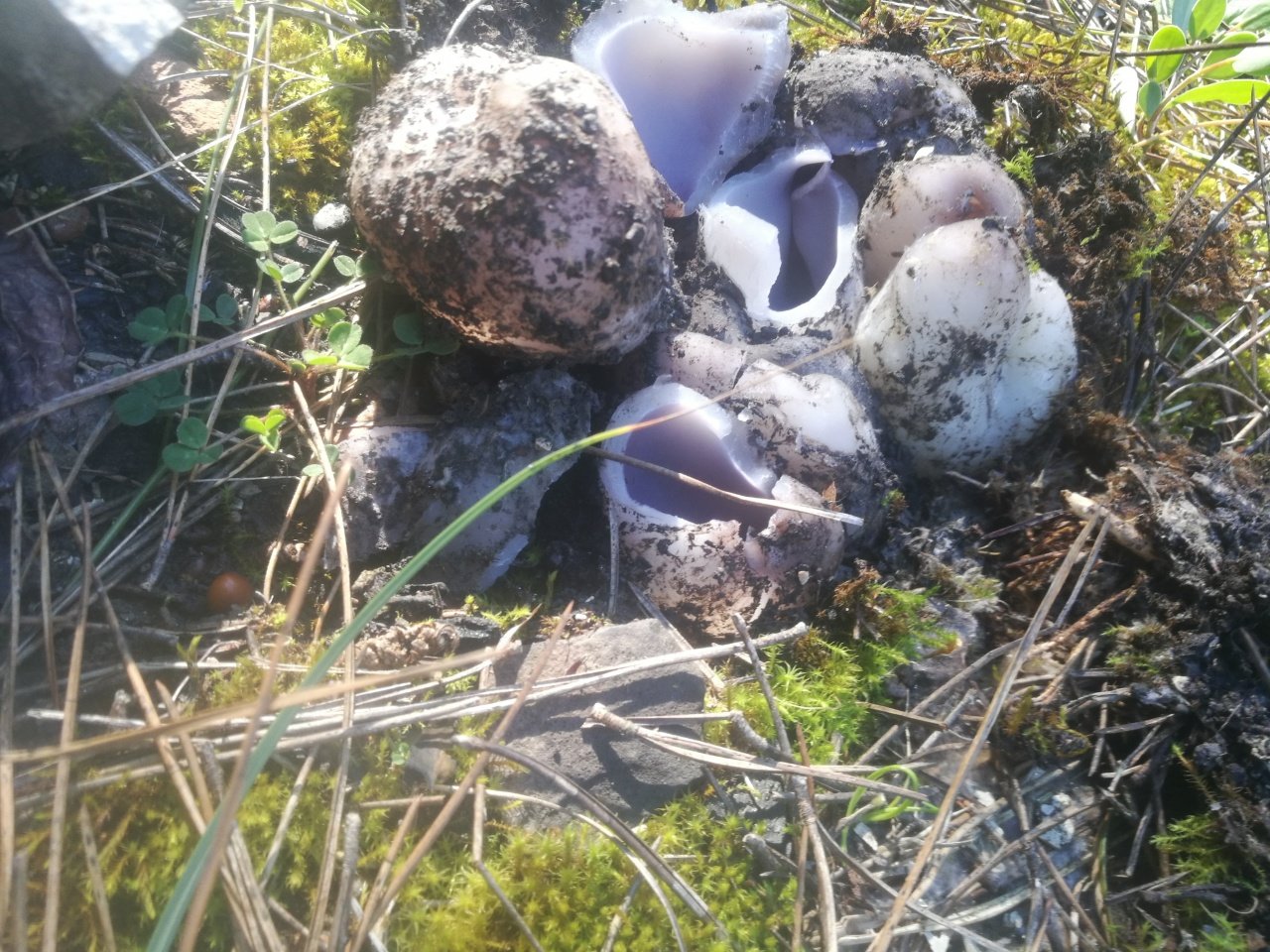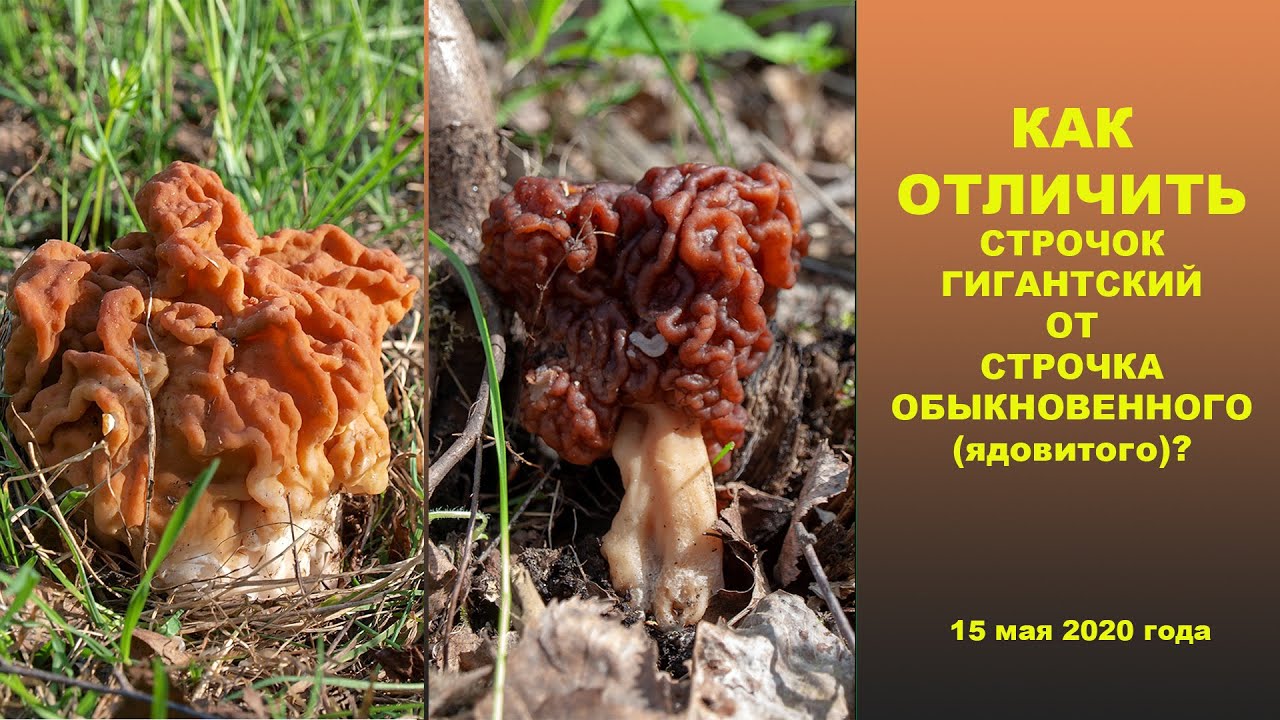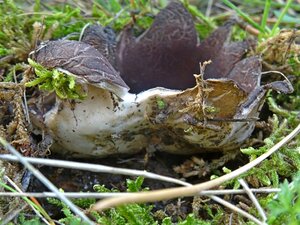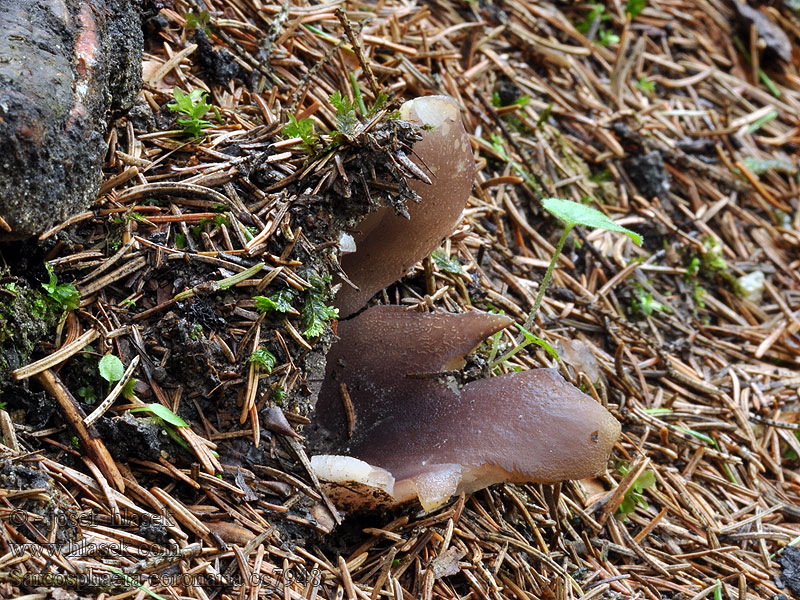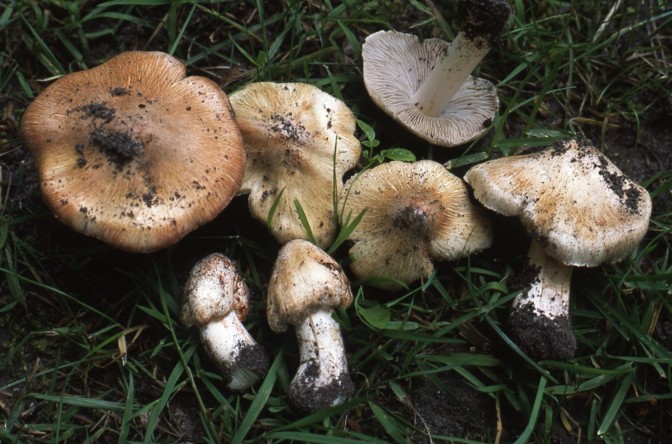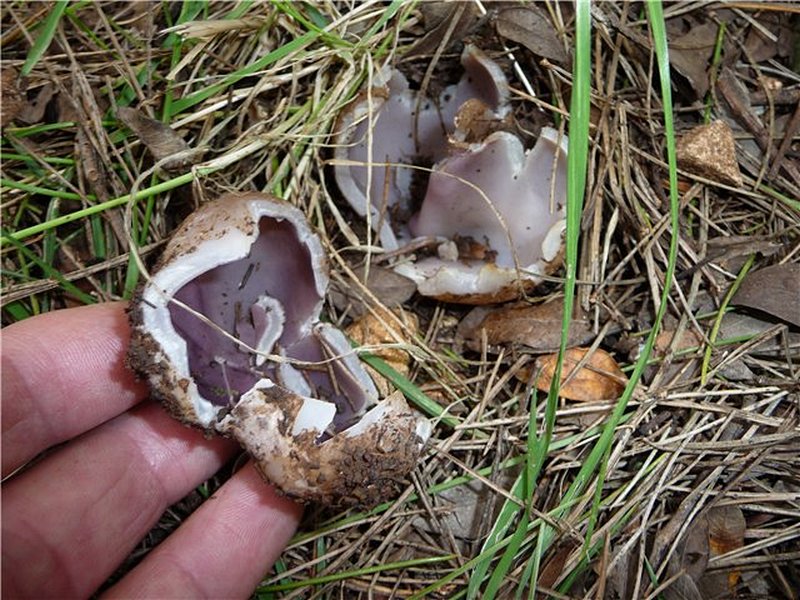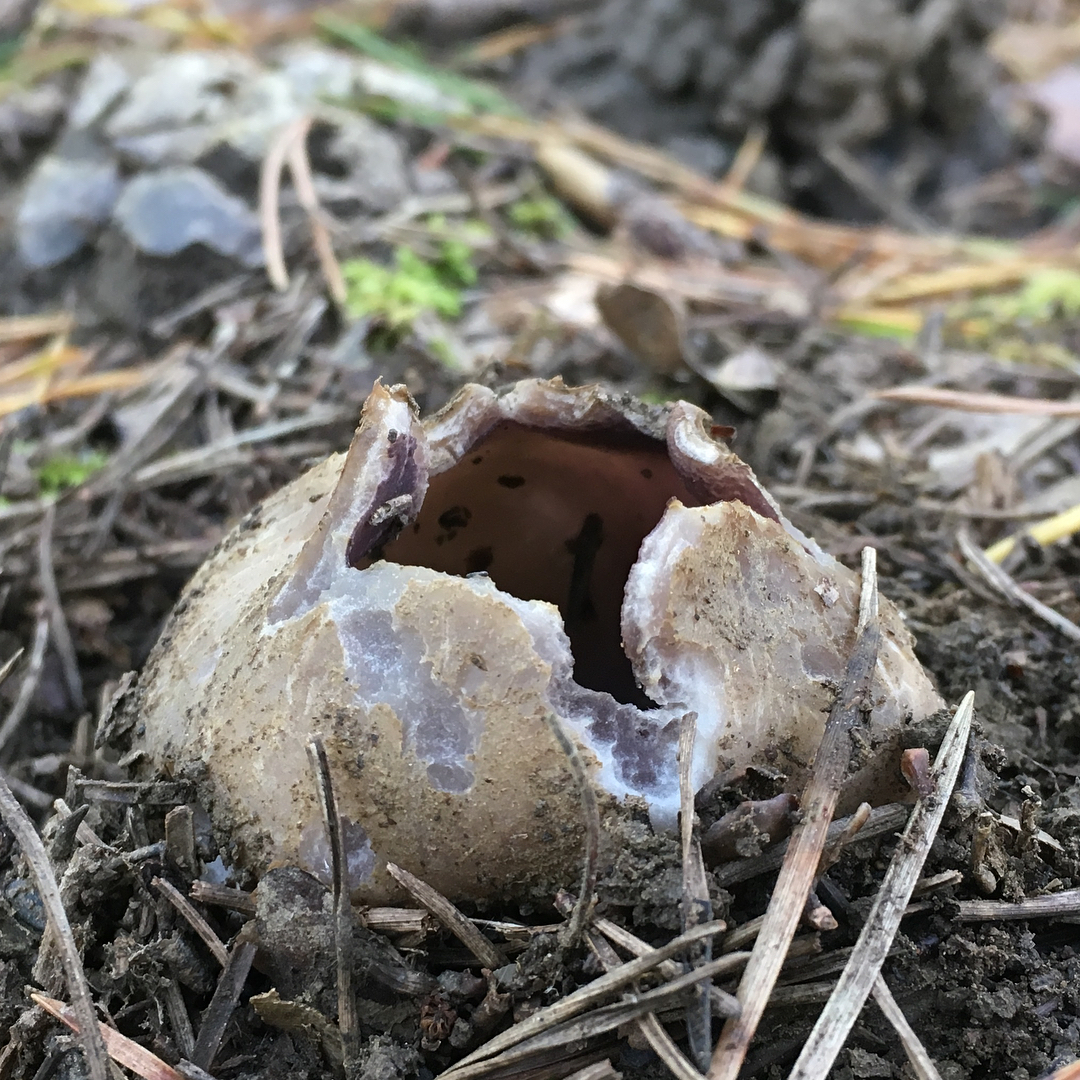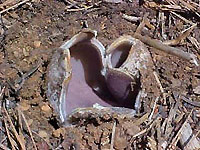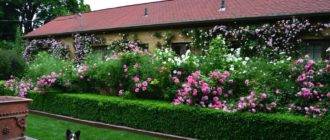Crown sarcosphere (Sarcosphaera coronaria)
Synonyms:
- The sarcosphere is crown;
- Pink crown;
- Purple bowl;
- Sarcosphaera coronaria;
- Peziza coronaria;
- Sarcosphaera eximia.
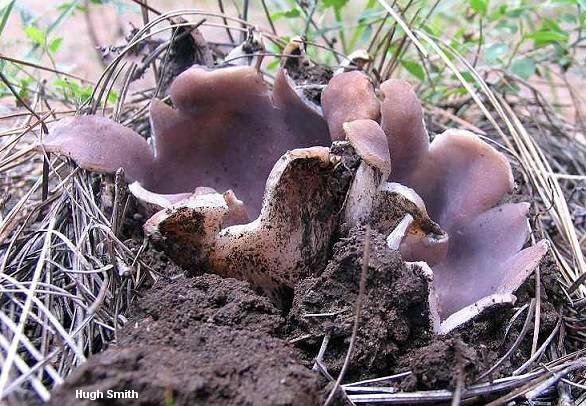
Crown sarcosphere (Sarcosphaera coronaria) is a mushroom of the Petsicev family, belonging to the genus of monotypic Sarcospheres.
External description
The diameter of the fruiting bodies of the coronal sarkosphere does not exceed 15 cm. Initially, they are closed, have thick walls and a spherical shape and a whitish color. A little later, they more and more protrude above the soil surface and protrude in the form of several triangular blades.
The hymen of the fungus is initially characterized by a purple color, gradually darkens more and more. On the 3-4th day after the opening of the fruit bodies, the mushroom in its appearance becomes very similar to a white flower with a very sticky surface. Because of this, the soil constantly adheres to the mushroom. The inner part of the fruiting body is wrinkled and has a purple color. From the outside, the mushroom is characterized by a smooth and white surface.
Fungal spores have an ellipsoidal shape, contain several drops of oil, are characterized by a smooth surface and dimensions of 15-20 * 8-9 microns. They have no color, in their totality they represent a white powder.
Season and habitat of the mushroom
The crown sarcosphere grows mainly on calcareous soils in the middle of forests, as well as in mountainous areas. The first fruiting bodies begin to appear in late spring, early summer (May-June). They grow well under a layer of fertile humus, and the first appearance of individual specimens falls on the time when the snow has just melted.

Edibility
There is no exact information about the edibility of the coronal sarkosphere. Some mycological experts classify this species as poisonous, others call the crown sarcosphere a pleasant and completely edible specimen of mushrooms. In the English printed sources on mycology, it is said that the Sarkosphere crown mushroom should not be eaten, since there is much evidence that this type of mushroom causes severe abdominal pain, sometimes even fatal. In addition, the fruiting bodies of the crown sarcosphere are capable of accumulating toxic components, and, in particular, arsenic, from the soil.
Similar types and differences from them
The appearance of the coronal sarcosphere does not allow this species to be confused with any other mushroom. Already by the name it can be understood that the mature species has the shape of a crown, crown. This appearance makes the sarcosphere unlike other species.
Red Book
Are you here:
Home - the Red Book of the Rostov region. Plants - Crown sarcosfera KK Rostov region
Sarkosphere corona KK Rostov region
Division Marsupial mushrooms - Аscomycota Class Petsycetes - Pezizomycetes Pezizales order - Pezizales Pec family - Pezizaceae Sarcosphaera coronaria (Jacq.) J. Schröt. Rarity status category. 3 b. A rare species with a significant range, within which it occurs sporadically and with a small number of populations. RRC - V.
Description
Fruit bodies 3–15 (20) cm in diameter., First underground, closed, spherical, thick-walled, whitish in color, later partially protruding from the soil and star-shaped open with 5–10 triangular lobes or b. m. exactly. Hymenium at maturity is wrinkled, purple, then darkens. Outside, fruiting bodies are light and smooth. Spore powder is white.
Spreading
A species with an extensive range, common in Europe, Asia, North. Africa, North. America; in Russia, it is found in the Nizhny Novgorod and Rostov regions, in the Krasnodar and Stavropol regions, in the Republic of Adygea. - In the Rostov region. rare, noted only in the Bokovskii district (environs of the Yablonovskii khut); possible growth in the Oryol region (oral reports, herbarium collections are absent).
Features of biology and ecology
Saprotroph humus, possibly mycorrhizal with coniferous and deciduous (especially birch) species. Prefers calcium-rich soils. In the region, it grows in the forb-fescue steppe with Caragana frutex.Fruiting IV – V.
Limiting factors
Destruction and degradation of habitats in the course of economic activities (plowing of steppes, burning of vegetation).
Security measures
Included in Appendix I to the Berne Convention. On adjacent to the Rostov region. territories have no legal status of protection. It is necessary to control the state of the population and search for new localities of the species, the organization of the protected area "Azure Steppe" on the border of the Bokovsky and Kasharsky districts in the vicinity of the khut. Yablonovsky, where a significant steppe massif is preserved with a concentration of rare species of mushrooms and plants requiring protection (formerly the Konsky otvod tract). It is advisable to obtain pure cultures from different populations of the species.
Practical value. Poisonous in its raw form, edible after heat treatment. Has no commercial value.
Sources of information. 1.
Compiled by. Yu.A. Rebriev
Photo. Yu.A. Rebriev
|
15.12.2017 20:12:08
-
Menu
- home
- Photo gallery
-
Animals
- Mammals
- Birds
- Fishes
- Amphibians
- Reptiles
- Insects
- Crustaceans
- Worms
- Molluscs
-
Plants
- Angiosperms
- Gymnosperms
- Ferns
- Mosses
- Seaweed
- Lichens
- Mushrooms
- Moscow
-
Moscow region
- Mammals
- Birds
- Invertebrates
- Pisces, presm., Terrestrial.
- Plants
- Mushrooms, mosses, lichens
-
Voronezh region
- Plants
- Animals
-
Republic of Crimea
- Plants
- Animals
-
Rostov region
- Plants
- Animals
-
Krasnodar Territory
- Plants
- Animals
-
Leningrad region
- Plants
- Animals
-
Pskov region
- Plants
- Animals
-
Sverdlovsk region
- Plants
- Animals
-
Saratov region
- Mushrooms
- Bryophytes
- Ferns
- Amur region
- Krasnoyarsk Territory
- Belgorod region
-
Chelyabinsk region
- Plants
- Animals
-
IUCN Red List
- Extinct mammals
- Rare birds of the world
- Cetaceans
- Carnivores
- Reserves of Russia
- Wild animals
- Birds of Russia
- Download the Red Book
- Basic documents
- Custom sog.
- .


